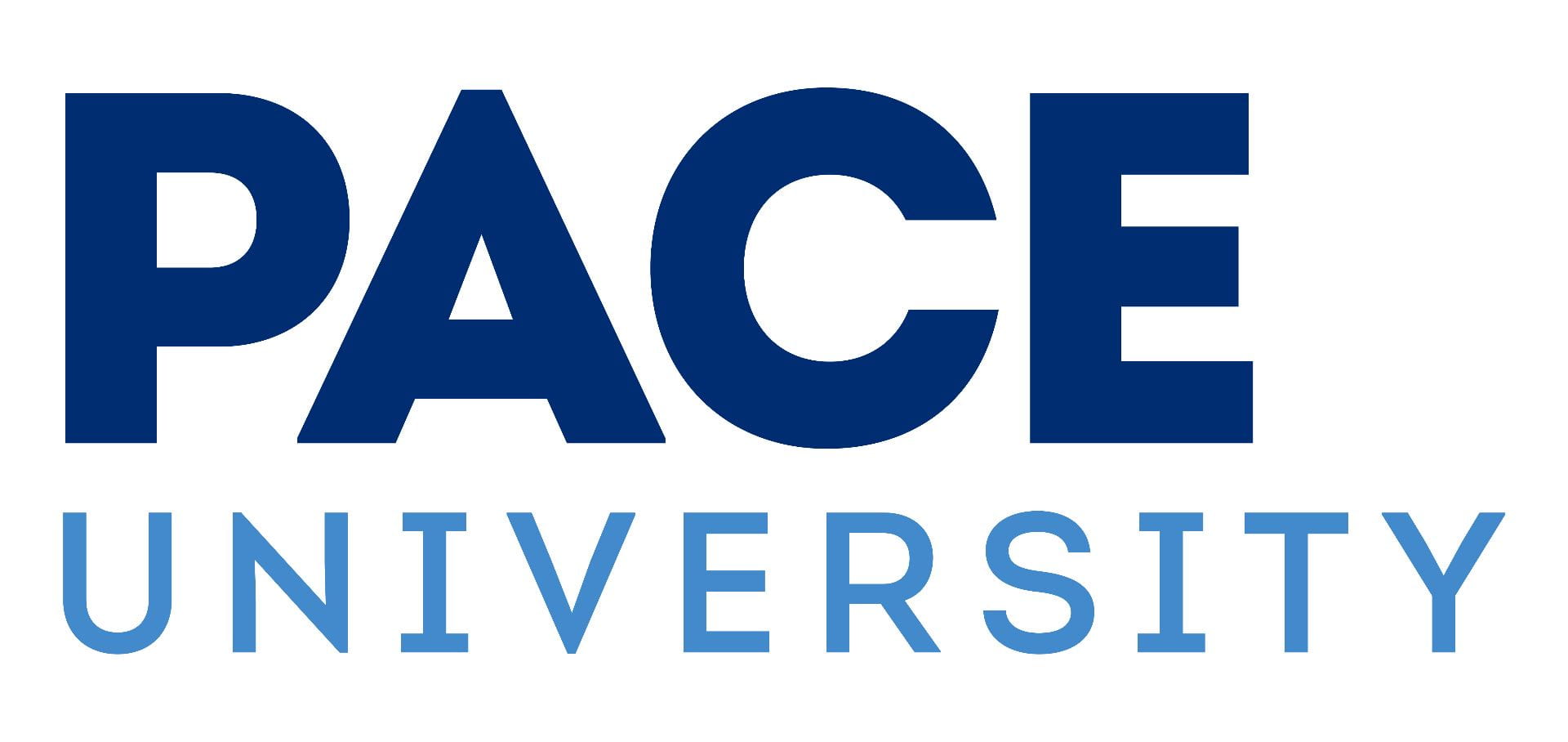Summer 2024 NEH Humanities Initiatives Undergraduate Research Award Program

Daniel Rojas
Dyson | Communication Studies
Faculty Mentor: Erica L. Johnson
Project Title: Sandy Archive
I am researching the effects that Hurricane Sandy had on lower Manhattan. For those interested in this project some things to understand would be the before and after effects that the city has dealt as a result of flooding. On the Digital Commons website at Pace University, students can find a section in the Dyson department called “Cultural Histories of Lower Manhattan: The Ground Beneath Our Feet” which will give insights about the history of lower Manhattan and give more nuance that students or researchers have not thought about before. It is important to reflect on the community or communities that we get ourselves involved in. The topic of a storm like Sandy is important to highlight because this event left a domino effect of climate change that we still see to this day. The catastrophe that was about to befall New York City was not anticipated. In addition to losing electricity, many New Yorkers were left without access to food, clean water, or medical care. Resulting in 44 resident deaths, 19 billion dollars in damages, and economic losses.
Therefore, I want to highlight the threat climate change poses to the city and how crucial it is to keep in mind that these damages are likely to occur soon if the city does not make the necessary investments to safeguard itself from floods in the future. There have been several projects to protect lower Manhattan in a U shape that constructs barriers that go above sea level and become more accessible for the public. The most damaged districts in lower Manhattan were those that had been reclaimed by landfills, as well as low-lying coastline locations like apartment complexes and local businesses. Large areas oflower Manhattan flooded, causing a long-lasting conversation on infrastructure.
In creating a witness account of the storm, I try to look for images using social media like Twitter or Instagram, that way we can see more real-life day-to-day events that took place. News channels have interviews with local businesses and people around neighborhoods that have shared their experiences. I would like people to get familiar with the threat that climate change poses on the city and how important it is to remember this disaster that parallels the near future if the city does not invest to protect itself from future floodings. Furthermore, I would like to highlight how different communities were affected, how the City did not provide enough resources, and the people having to use their good will to help those in need, the most vulnerable New Yorkers.The city as a whole depends very much on community and rehabilitation, as well as the residents who live and own small businesses. Without methods to address the risks that Sandy revealed in those areas climate change is probably going to make it worse in the future. New York City was not prepared for Hurricane Sandy and I wish for this research to reflect how communities come together to help rebuild and prosper.

Lindsay E. Paul
Dyson | Film & Screen Studies; English Language & Literature
Faculty Mentor: Kelley Kreitz
Project Title: Self-Published Women: How Anaïs Nin’s Personal Printing Press Popularized Feminist Writing in the United States
Female writers have been historically underrepresented in the Western literary canon because of a lack of resources and access to publishing. This has led to a lack of appreciation and understanding of feminine writing or the écriture féminine style which further perpetuates the gender biases evident in the literary world.
‘Écriture féminine’ is a term created by the French philosopher Hélène Cixous to identify a form of writing that is distinct from the male gaze. It identifies the female psyche and mode of storytelling as different from that of men. Anaïs Nin, a French-born American writer is an exemplar of the “women’s writing” genre. Throughout her life, she struggled to get her body of work published because the male dominated publishing industry did not find value in the strong feminine motifs present in her novels and diaries.
After moving to New York City in 1939, she made many attempts to have her work become published but was unsuccessful. Ultimately, she established her own printing press at 17 East 13th Street so that she could self publish her early works and earn recognition from other publishers. This would eventually bring her work to larger audiences and establish her as an important figure in the art world. The time she spent at her printing press in Lower Manhattan was vital to securing her place as a published author as well as legitimizing the écriture feminine form.
Through my research, I will understand and analyze how the location, time, and dedication involved with Anaïs Nin’s printing press changed the way female writing is comprehended in the Western literary canon today. I will achieve this research by accessing archival works, reaching out to interview feminist academics for perspective, and reading and analyzing the significance of independent printing presses.
My familiarity with the field of journalism and past research experiences in my academic work including “Subverting the Cinema Spectacle: Ideological Hypnosis and the Camera Obscura,” and “Female Friendship in Toni Morrison’s Sula” will aid my approach to this research. I intend to write a research paper that synthesizes and explores the significance of Nin’s printing press within the context of literary history and how her time in Lower Manhattan benefited this history.
